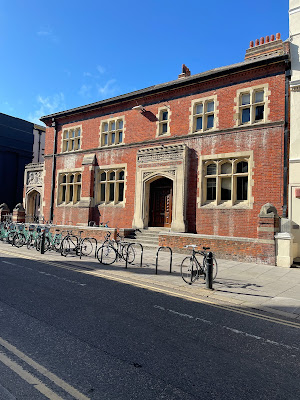Ercolano from the access path
Fresh from the large scale of Pompeii, we moved on to Ercolano which is a much smaller site, but still with many wonders. We arranged to join a party led by an archaeologist to ensure we got the best from our visit, but we probably should have made more notes. He was particularly strong on the brothels of Ercolano!
Ercolano lies at the western foot of Mount Vesuvius on the Bay of Naples, just southeast of the city of Naples. The original city was engulfed by the eruption of Vesuvius in AD 79. The section excavated to date is in the southwest corner of Herculaneum and covers about a quarter of the city.
The important difference with Pompeii is that Pompeii was engulfed by lava from above, while Ercolano was victim to ash carried by water. This meant that the remaining buildings are in better condition than at Pompeii and several have reasonably intact upper storeys. The site has been classed as a UNESCO World Heritage Site since 1997.
We were routed round via this wonderful mummified ship ...
... and emerged by the large and very well preserved white statue we saw earlier. It stands on the Terrazza di M. Nonio Balbo and is named after a Roman Senator.
Not far away is the Casa del Rilievo di Telefo, with its wonderful colours.
We now came to realise that a visit around Ercolano is heavily focused on one long and remarkably well preserved street. Several of the houses had spectacular frescoes or mosaics, many of which were in a remarkable state of preservation.
This panel shows Neptune the God of the Sea (Poseidon in Greek) and Amphitrite, the Goddess of the Sea.
In some ways even more impressive was this two storey building little table sitting by the edge.
Another beautiful fresco.
I am not sure what this is. A two ended bath perhaps or trough for horses.
Towards the end of our tour we came to the College of the Augustales, which is thought to have been the centre of the cult of Augustus. The frescoes are in good condition considering their age.
I could have done with a better commentary, but a large extent the frescoes and mosaics speak for themselves.



















































